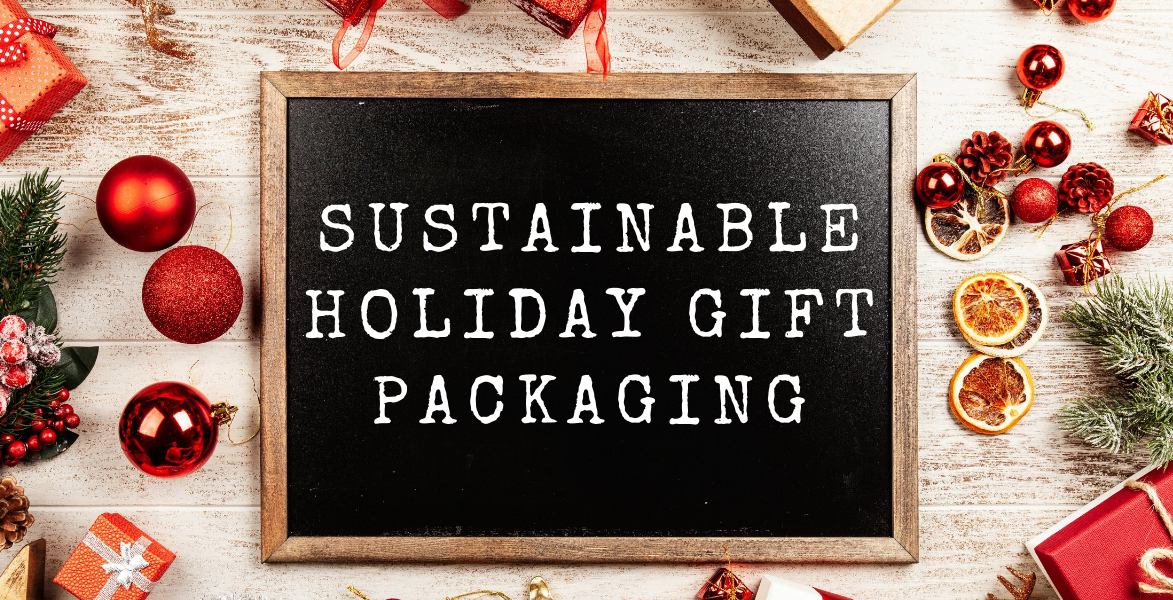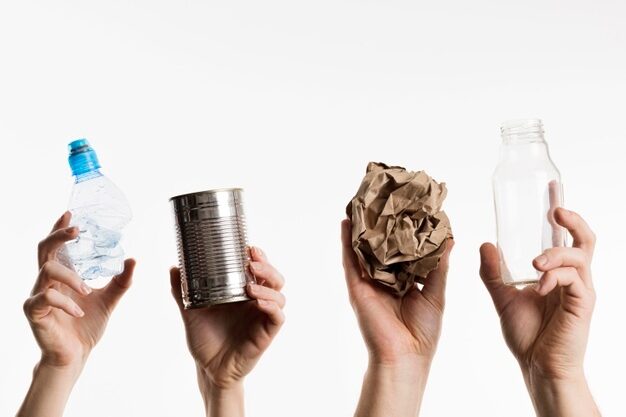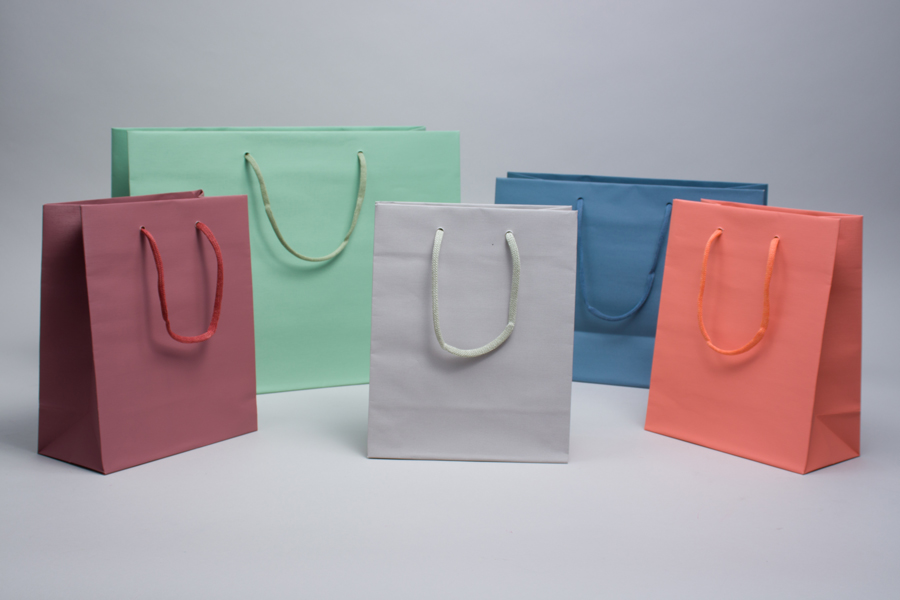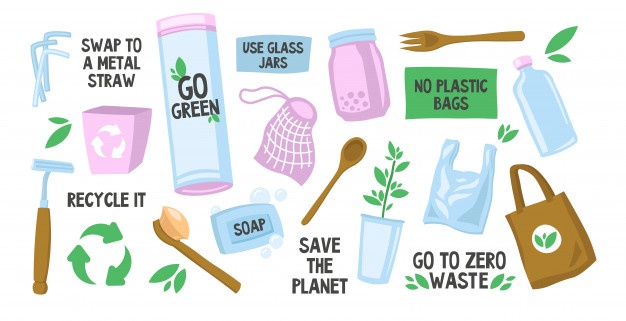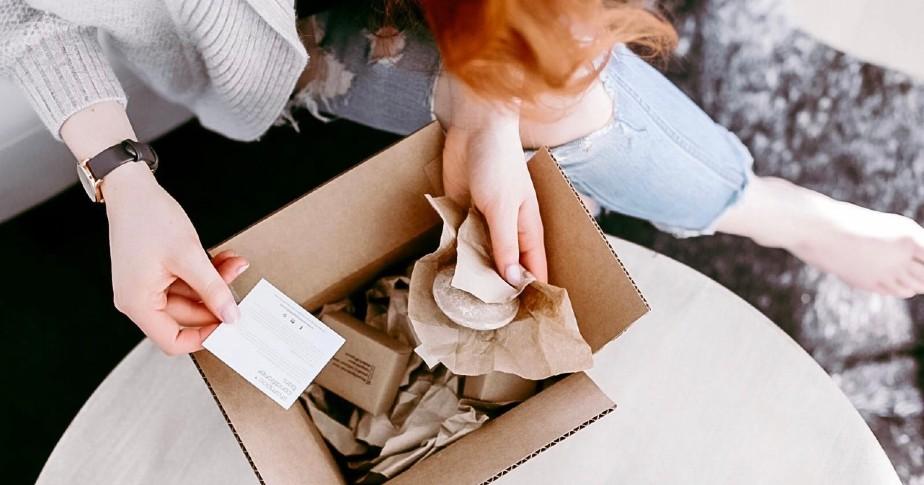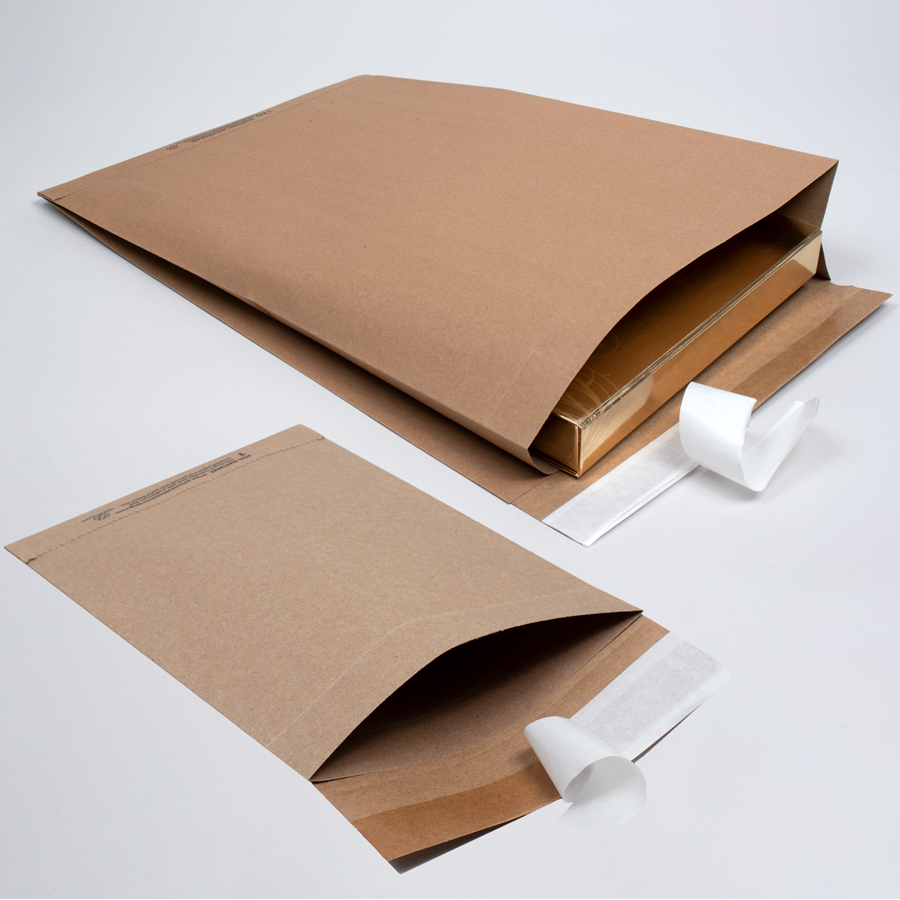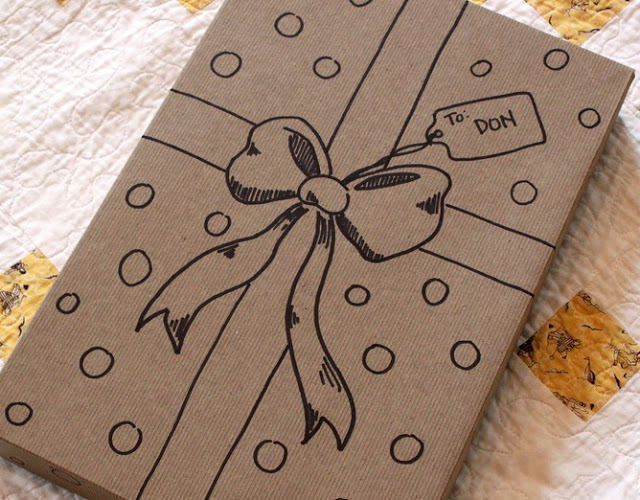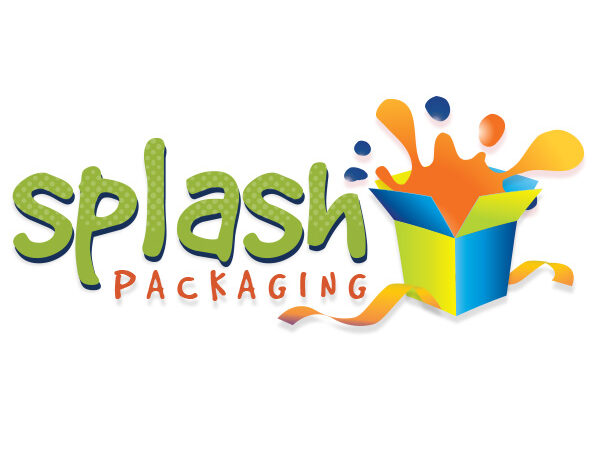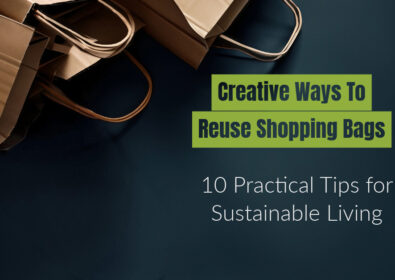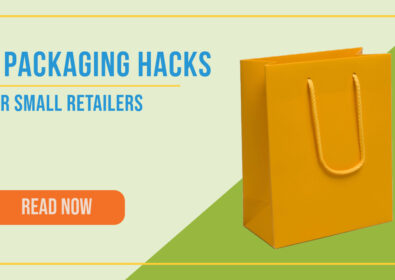By Splash Packaging TeamE-Commerce Insights, Gift Card Packaging, Holiday Packaging, Packaging Resources, Paper Bags, Retail, Sustainability in the Packaging Industry
Sustainable Holiday Gift Packaging for Retailers
Gift packaging is essential in creating special holiday moments for your customers. However, gift packaging also has a lot of potential to be wasteful. The best solution to this conundrum is to consciously choose more sustainable holiday packaging products and accessories.
Studies show that nearly three-fourths of consumers are willing to pay more for sustainably packaged products. Consumers are steadily paving the way for a more eco-friendly future using their purchasing power, and retailers should be listening closely.
As businesses try to promote sales this holiday season while remaining sensitive to the current situation, they will be looking to save money and materials wherever possible due to shortages and inflation. The great thing about sustainable packaging is that it can save your business money as well as help the environment and attract eco-conscious customers to your brand.
Here are some simple ways to utilize more sustainable gift and retail packaging this holiday season:
Easily Recyclable Packaging
There are many ways to package your gifts with sustainability in mind, including using packaging products that are easily recyclable. The packaging items that are best for recycling are generally made from paper or cardboard. Glass and aluminum are also good options for recycling.
If you offer gift wrapping at your retail store, note that many popular gift packaging items for the holidays are not recyclable due to their materials or construction. This includes gift wrap, ribbon, tissue paper, sticker tags, and certain gift bags.
Many gift packaging options have specialty finishes like plastic lamination, or plastic parts that make them more difficult to recycle. Small plastic accessories like ribbons and bows will get caught up in recycling sorting machines so they should not be recycled.
Instead, choose paper packaging that is non-laminated and is labelled as fully recyclable and biodegradable. You can make up for the lack of special finishes by choosing textured materials that are not laminated, or are printed with water-based ink designs and colors.
These luxurious paper eurototes are made with textured non-laminated paper and have handles made from 100% paper so they can be fully recycled without any modification.
Certain types of plastic are recyclable, but are often not accepted in curbside recycling programs. Plastic type symbols (or lack of) can also be confusing to consumers and they may end up disposing items in the wrong place. For these reasons, plastic is not the best choice when looking for more sustainable packaging. It may cost less to produce, but it has a much higher chance of ending up in a landfill.
One of the major issues with recyclable packaging is that there is a lot of misinformation and confusing recycling rules. To learn more about recycling packaging properly, read our blog about the top six most common recycling mistakes.
Zero Waste Gift Packaging
Zero-waste packaging describes packaging in which every part is reusable or recyclable, meaning no actual waste is generated. This may seem impossible, but is a huge goal of sustainability advocates nonetheless. Zero-waste packaging is something that every business should consider for the future, as it becomes increasingly popular among consumers.
The truth is, at some point we are going to be overloaded with trash. Waste ends up in landfills, in the ocean and other bodies of water, and all over the environment. Any waste that is not biodegradable will persist for thousands of years to come. Zero-waste packaging means taking steps to avoid adding more trash to landfills.
The bigger picture of the zero waste movement is systematic goal to create no waste when manufacturing and selling products. This means using packaging that is biodegradable and compostable, can be reused many times, or can be recycled efficiently.
We know you can’t just change your whole business model instantly, but you can still focus on eliminating waste from your product sales in several ways. You can do this by buying packaging made from 100% recycled materials, using packaging that the end customer can reuse, or using packaging that is easy to recycle like paper, aluminum, or glass.
Paper bags, glass containers, reusable cotton bags, and paper boxes are all great options if you are moving towards zero-waste packaging. Some retailers have also created programs where customers can return their empty product packaging for a discount or coupon, and then the retailer can properly recycle or reuse the packaging.
Minimalist Gift Packaging
The visual aspect of gift packaging is important during the holiday season, which is why most gifts are accented with fancy gift wrap, ribbons, and bows. People love to receive a gift that feels personal and unique and packaging helps the presentation feel more special.
However, one of the best ways to package items sustainably is to use as little material as you can. A minimalist gift package may be just a simple bag, a box with some cushion material, or a drawstring pouch bag that is reusable. That doesn’t mean it has to be boring or bland. Focus on minimal material usage with a strong visual impact.
If you are shipping items this holiday season, think about how you can reduce the footprint of your shipping packaging. This might involve reducing interior packaging materials that aren’t necessary, using more eco-friendly filler materials that are made of paper, or using smaller, lightweight packaging like small boxes or shipping bags.
“Less is more” is a great sustainability slogan when it comes to packaging!
Sustainable E-Commerce Packaging
E-commerce has increased rapidly in light of the pandemic, and this year will likely continue that trend. Making sure your items arrive intact is a priority to prevent customer returns and dissatisfaction. But protective packaging doesn’t have to be wasteful, there are several ways to streamline your shipping packaging.
The first consideration is your outer packaging. Commonly more delicate or breakable items will need to be shipped in a corrugated cardboard box or mailer box. Be sure to use the smallest size that will fit your product, to avoid wasted space in shipping trucks. Cardboard boxes are fully recyclable so always encourage your customers to recycle or reuse their shipping boxes when they receive them.
For lightweight and non-breakable items, you may be able to use a shipping bag instead. These are made from paper or plastic and have a much smaller environmental footprint due to the smaller size, lighter weight, and less material used. There are even fully recyclable and compostable paper shipping bags available that are also made from 100% recycled materials, double the sustainability!
As for internal packing materials, there are plenty of options and some are more eco-friendly than others. Most plastic packing materials like bubble wrap are not recyclable in curbside bins, so they are ultimately diverted to landfills. Styrofoam peanuts are not recyclable and they can easily become a pollution issue. Instead, try to choose protective packing options made from paper or biodegradable materials. Some packing peanuts are biodegradable and can even be dissolved in water!
Decorating Your Packaging Sustainably
We have to admit, decorative packaging items like ribbons and bows aren’t the most eco-friendly choices. Most common packaging decorations are not recyclable or biodegradable. However, there are many ways to decorate your packaging with sustainability in mind.
Eco-Friendly Packaging Accessories
If you still want to decorate your packaging with typical accessories like ribbons and bows, look for more sustainable options of these products. Choose cotton, paper, or other natural materials rather than plastic-based accessories.
Tissue paper is a sustainable packaging choice because it is often made from recycled materials, and it is thin and lightweight for shipping. In fact, you can find tissue paper that is made from FSC certified material and is sustainably sourced. Tissue paper can’t be recycled, but it is usually biodegradable and compostable.
Eco-friendly ribbon options are also a great choice for decorating your packaging. Paper Wraphia ribbon is a colorful and unique ribbon that is made from 100% paper dyed with non-toxic, water-based inks.
Creative Ways to Decorate Packaging
There are many other ways to decorate your packaging using creative ideas and a little artistic flair. One of the easiest and most fun options is stamping your packaging. If you use eco-friendly ink for your stamps, you can decorate your packaging without altering it’s environmental footprint. If you have some drawing skills, you can also draw on your packaging with pen, sharpie, or colored pencils. You can also decorate your gifts with natural pine branches, twigs, or flowers for a natural botanical look. Just be careful with accessories like stickers or tags because they will need to be removed before recycling.
Reusing Your Decorations
Give your packaging decorations a second or third life to lessen their environmental footprint. If you have ribbon or bows in good shape, save them and reuse them for a different gift! Encourage your customers to do the same when they purchase a gift wrapped product from your company. Even tissue paper can be reused if it is not too crumpled up. Many gift boxes and jewelry boxes are also reusable, so save them for the next time you need to package a gift.
Do the best you can.
No matter how you choose to package your products this holiday season, remember to keep in mind where your packaging will end up at the end of its life cycle. Buying wholesale holiday packaging from one source like Splash Packaging can also help offset shipping costs. Perfect sustainability is still a faraway goal, but doing your best to reduce, reuse, and recycle is still the most important advice right now.
- christmas packaging
- creative packaging
- eco-friendly packaging
- ecommerce
- ecommerce packaging
- gift packaging
- holiday gift packaging
- holiday packaging
- holiday retail packaging
- packaging
- packaging ideas
- paper boxes
- paper packaging
- paper ribbon
- recyclable packaging
- retail
- retail packaging
- reusable packaging
- sustainable holiday packaging
- sustainable packaging
- Tissue Paper
- zero waste packaging

